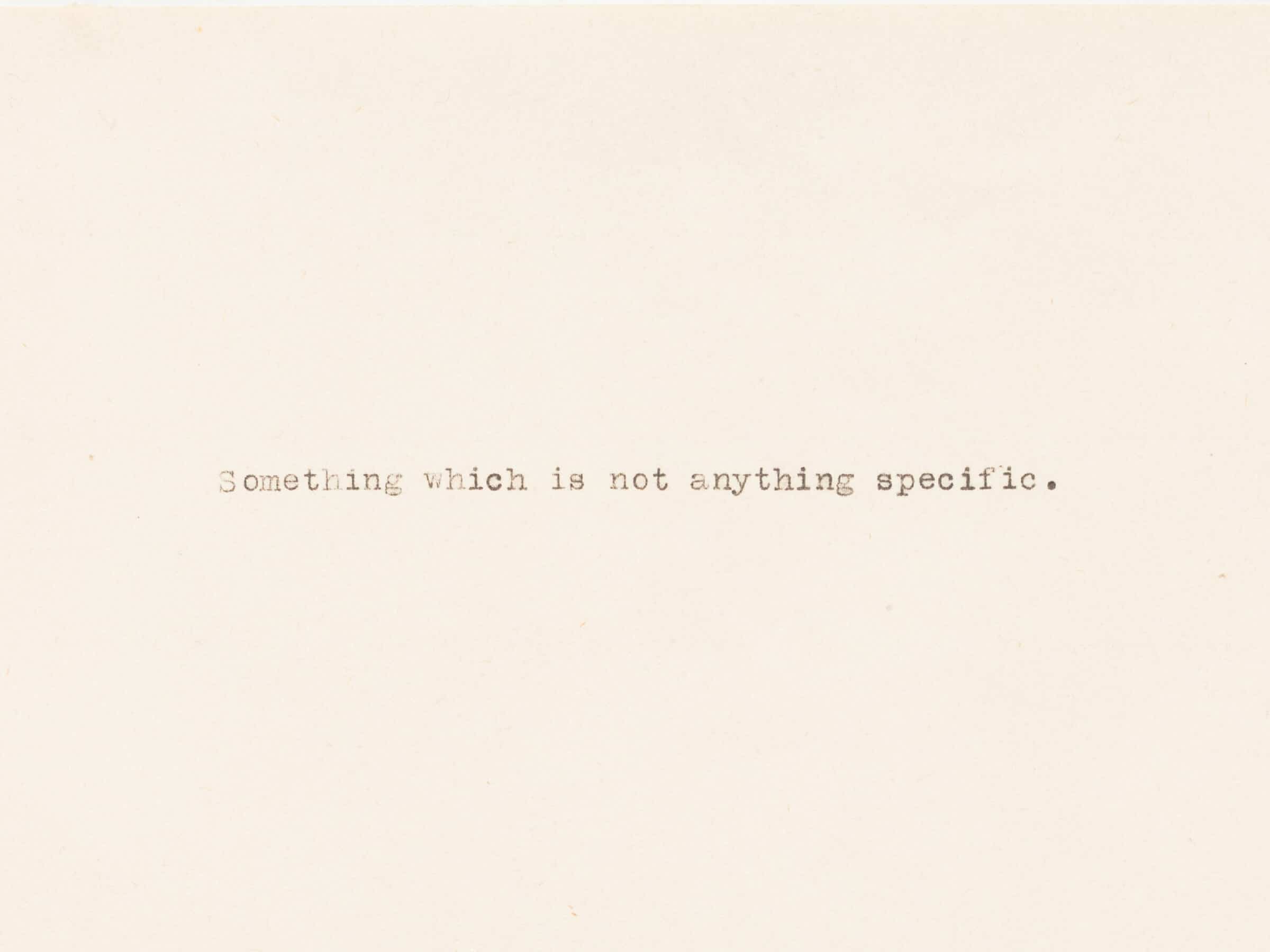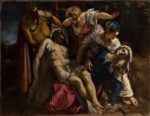Something which is not anything specific

Arte contemporanea e design.
Comunicato stampa
In collaboration with two important collections of Italian design and conceptual minimalism, LOOM gallery offers a dialogue between refined 1950s furniture and works of art, creating different Environments in the gallery where works and designs will be perfectly integrated with one-another.
Something which is not anything specific was a statement made by Robert Barry, in 1969, that gives the exhibition its title. It is the description of a work that exists only as a description of itself. Further, the Discussion by Ian Wilson, which took place with Robert Barry in 1971, can be acquired without actually knowing what the content of the conversation was. Fred Sandback’s taut ropes divided rooms into Four horizontal lines in the Haus Lange Museum in Krefeld in 1969, just as Giacomo Balla’s linee rotanti divided his coaster in 1920. Dan Graham’s 60s were the first artistic investigation into American taste, while Stanley Brown’s three superimposed cubes measure both space and their own dimensions, declaring themselves for what they are: a cm. 12.5 x 12.5 x 12.5 cube on top of a cm. 25 x 25 x 25 on top of a cm. 50 x 50 x 50 cube. Nè testa nè coda, drew Alighiero Boetti, in Autumn 1976, for the first issue of a magazine that will only have two issues, La Città di Riga. The preface read as follows: “The City of Riga, which is not explicitly an art magazine, intends to expand to all that art implies...”.
Like the Contenitoriumani by Ico Parisi of 1968, which aimed to define a different utopian-existential idea of living, or the prototype of the Superleggera by Giò Ponti from 1949, considered the Prime Object which expresses, in a moment of great transformation, the best of the collaboration between designer and craftsmen. Authors such as Achille Castiglioni, Vico Magistretti, Ico Parisi, Giò Ponti and Osvaldo Borsani embraced new materials and production techniques to create minimalistic and highly functional designs objects. Their creations were characterised by geometric shapes, elegant and bold lines. Combining modernism and fine craftsmanship gave 60s Italian design a unique and timeless quality, that continues to inspire designers from all over the world.



